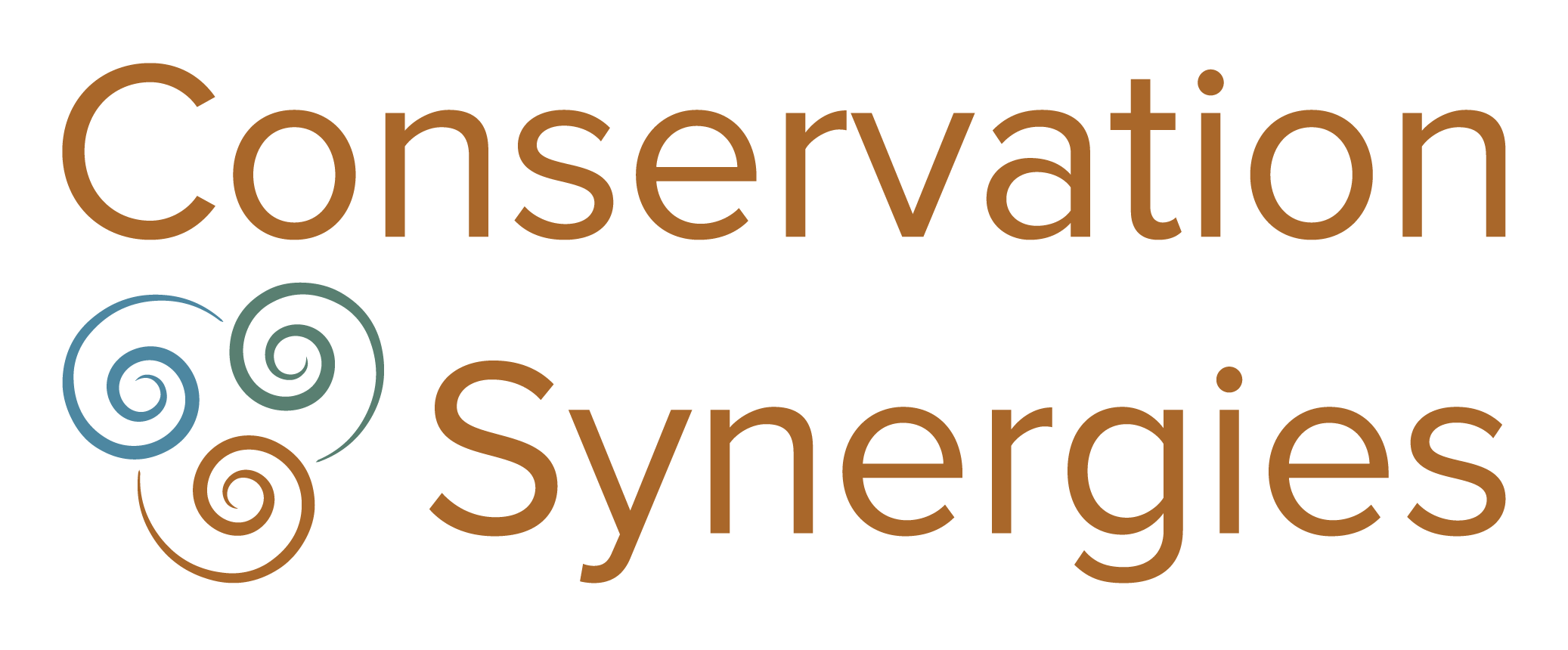Convergence of wildlife crime and other forms of organised crime in Eastern and Southern Africa
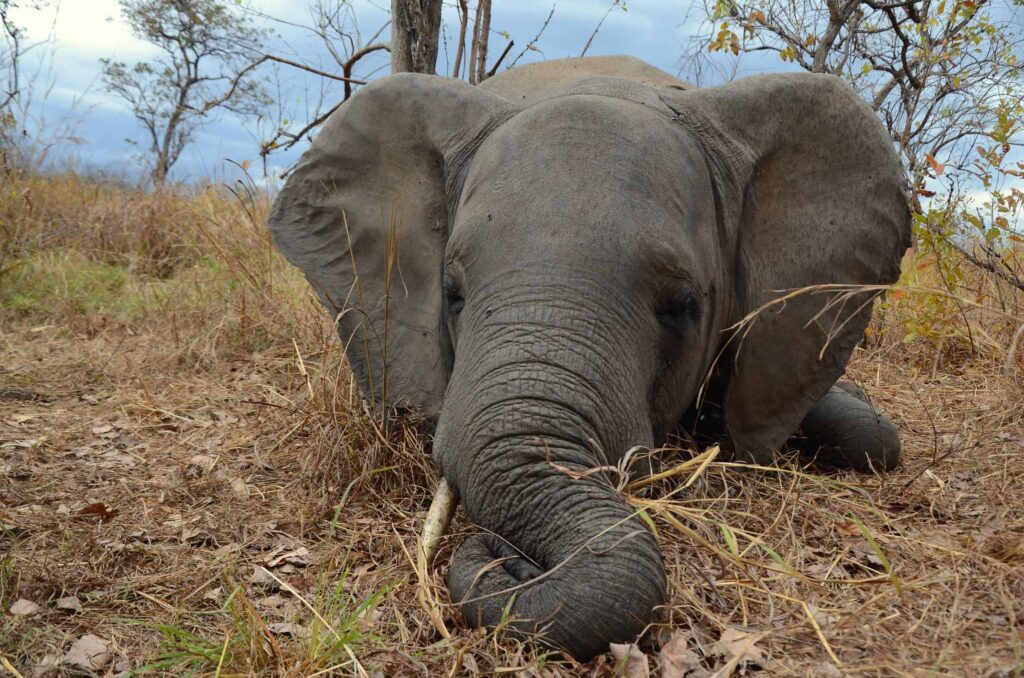
Wildlife crime has grown to become a major form of transnational organized crime, worth billions of dollars, and affecting every continent. This realisation has seen a recent shift towards understanding the dynamics of this illicit economy and dismantling the organised criminal networks that underpin it. With this shift have come a few transformative successes, where […]
Insurgency, illicit markets and corruption. The Cabo Delgado conflict and its regional implications
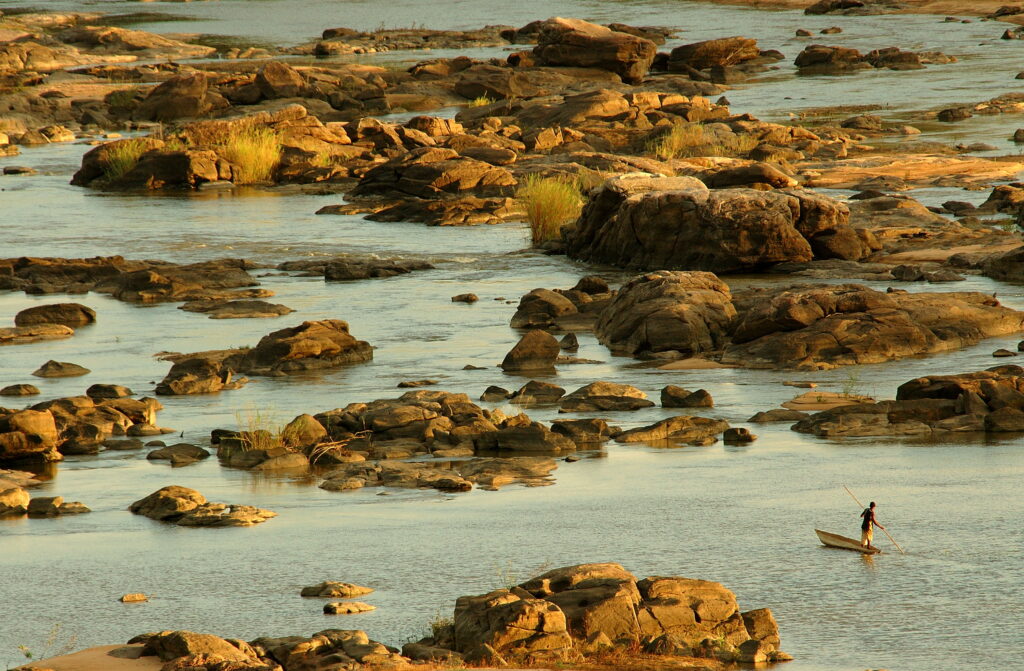
The northern Mozambican province of Cabo Delgado has been dubbed Cabo Esquecido or the ‘forgotten cape’ because it has long been Mozambique’s poorest and most politically marginalized region despite its wealth of natural resources in rubies and natural gas. The rise of an insurgent group, which has terrorized the population since 2017, means that eyes […]
Situational Analysis of LEAP implementation, emerging trends and challenges for wildlife crime in the SADC region
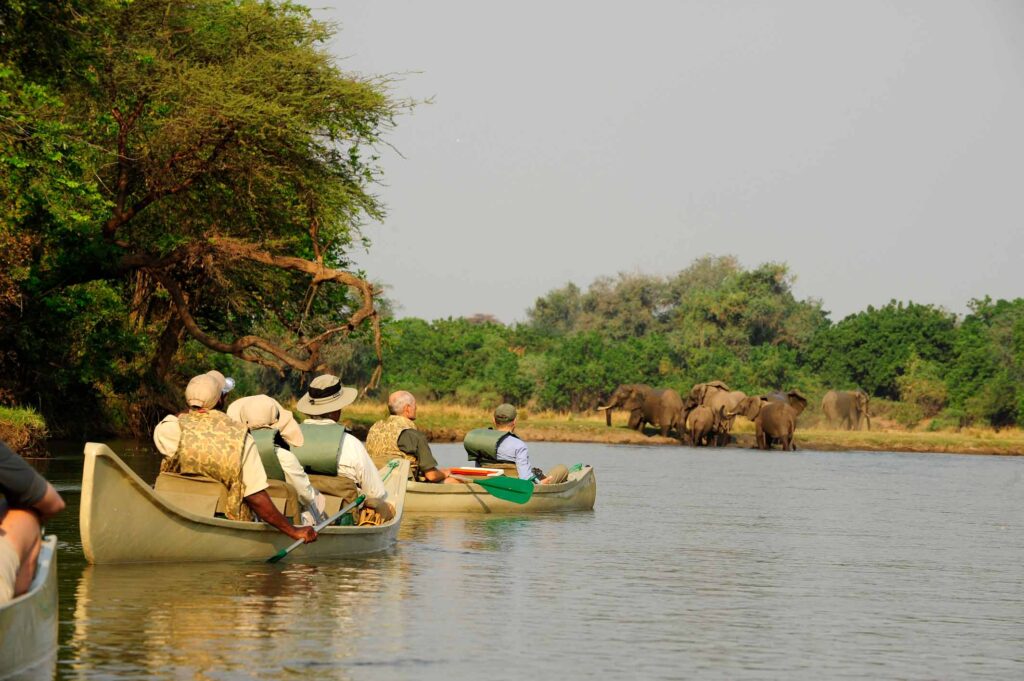
This document reviews progress and challenges for the implementation of the existing Law Enforcement and Anti-Poaching Strategy (LEAP) of the Southern African Development Community (SADC). It also summarises and analyses emerging wildlife crime trends and challenges faced by the region in combatting wildlife crime. The current trend in wildlife crime in the SADC region as […]
Southern African Development Community – Law enforcement and anti-poaching strategy, 2022 – 2032
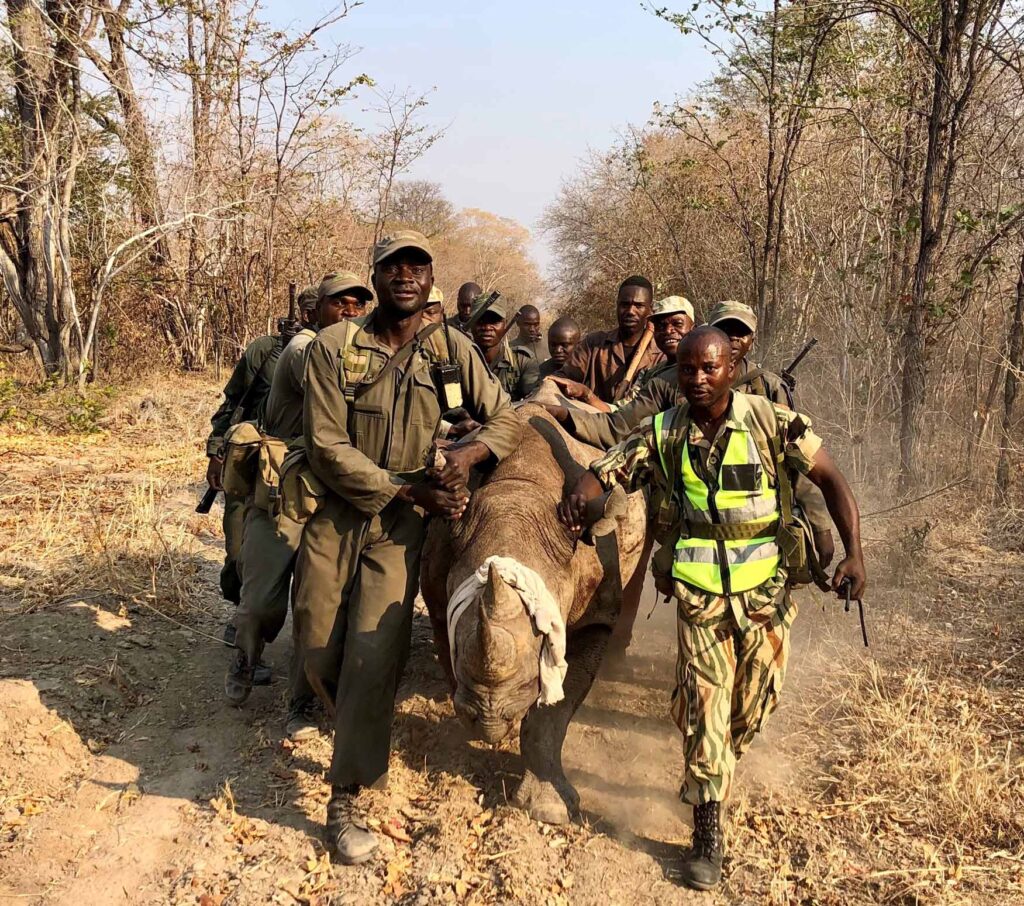
The illegal wildlife trade (IWT) has developed into a diverse and lucrative form of transnational organized crime, placing serious pressure on fauna and flora worldwide. The hidden costs include lost ecosystem services (such as carbon storage and water filtration for example), the loss of potential revenue from the sustainable use of natural resources and depriving […]
Patterns of forest loss in one of Africa’s last remaining wilderness areas: Niassa National Reserve (northern Mozambique)
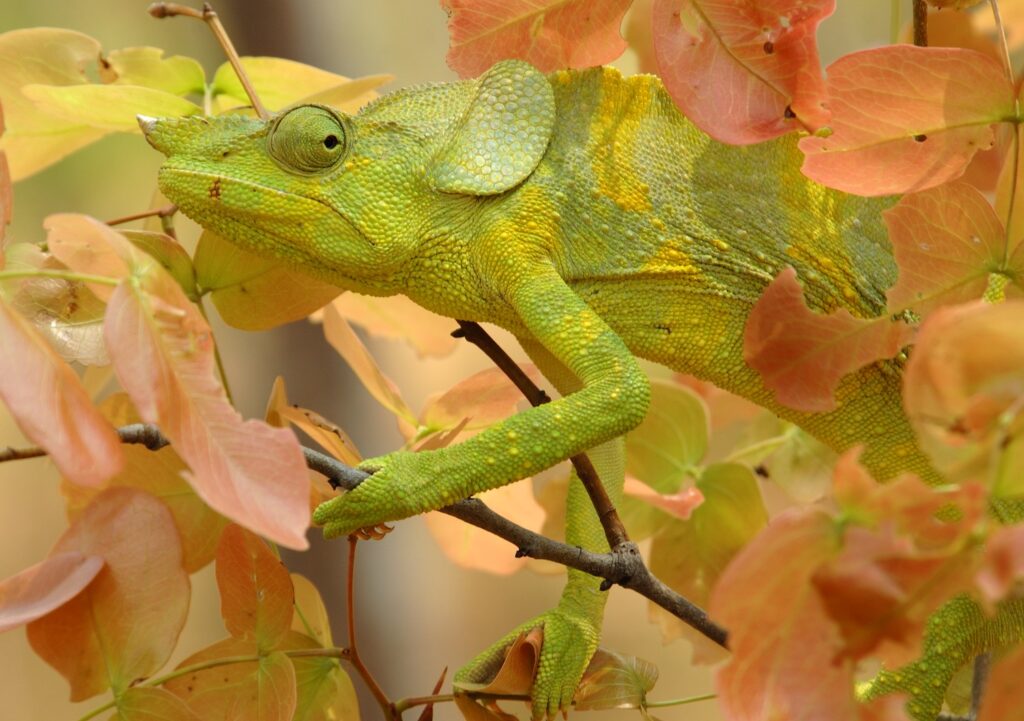
Niassa National Reserve (NNR) supports Mozambique’s largest populations of endangered fauna and sustains the livelihoods of > 40,000 people who utilise its natural resources. Accurately monitoring finescale spatial and temporal trends in land-use and tree-cover is increasingly used for monitoring the ecological state of conservation areas. Here we provide essential information on land-use changes in […]
Multiple Functions and Institutions: Management Complexity in the Serengeti Ecosystem
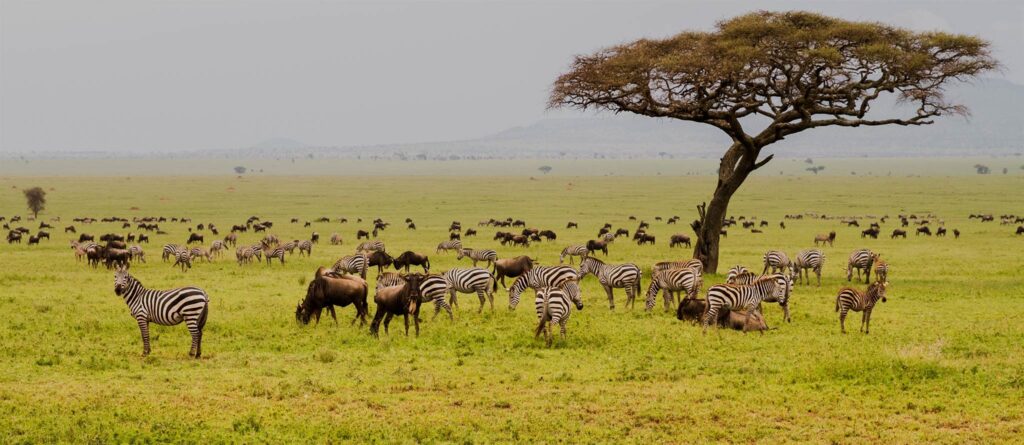
The global importance of the Serengeti ecosystem for biodiversity conservation, cultural heritage and economic development is recognised by designation of two UNESCO World Heritage Sites and a Biosphere Reserve. Lying at the heart of the ecosystem, the Serengeti National Park (SENAPA) is one of the best known wildlife parks in the world and one of […]
Models for the collaborative management of Africa’s protected areas
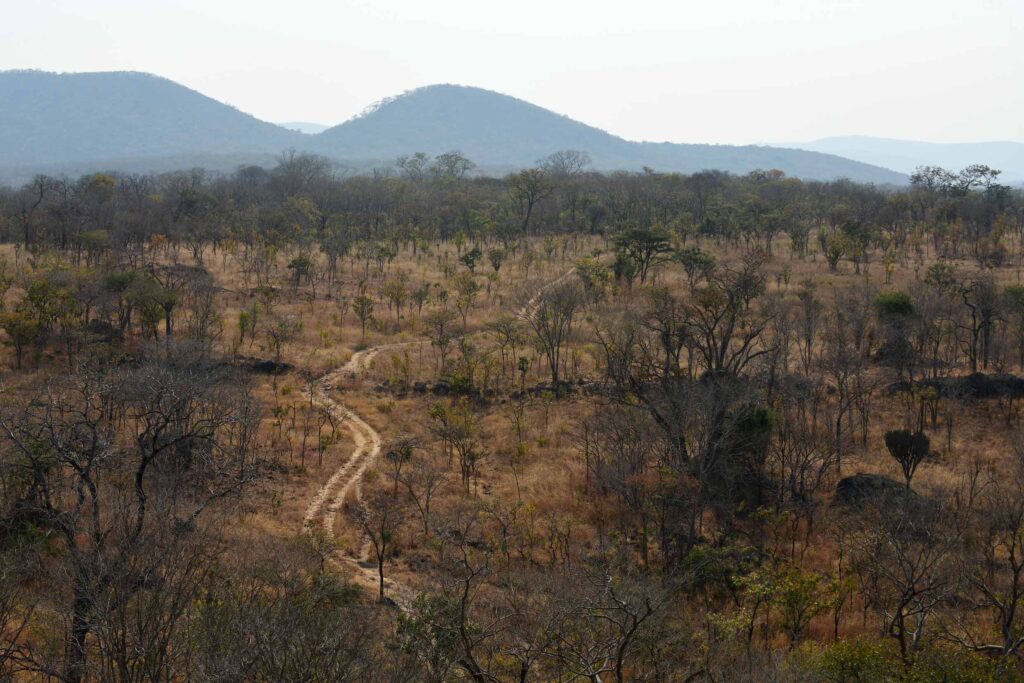
Africa’s protected areas (PAs) are under severe and growing anthropogenic pressure. Resources for PA management are a small fraction of what is necessary in most countries, and many PAs are failing to fulfil their ecological, economic or social potential as a result. Collaborative management partnerships (CMPs), where nonprofit organisations partner with state wildlife authorities, have […]
A review of human-elephant conflict management strategies
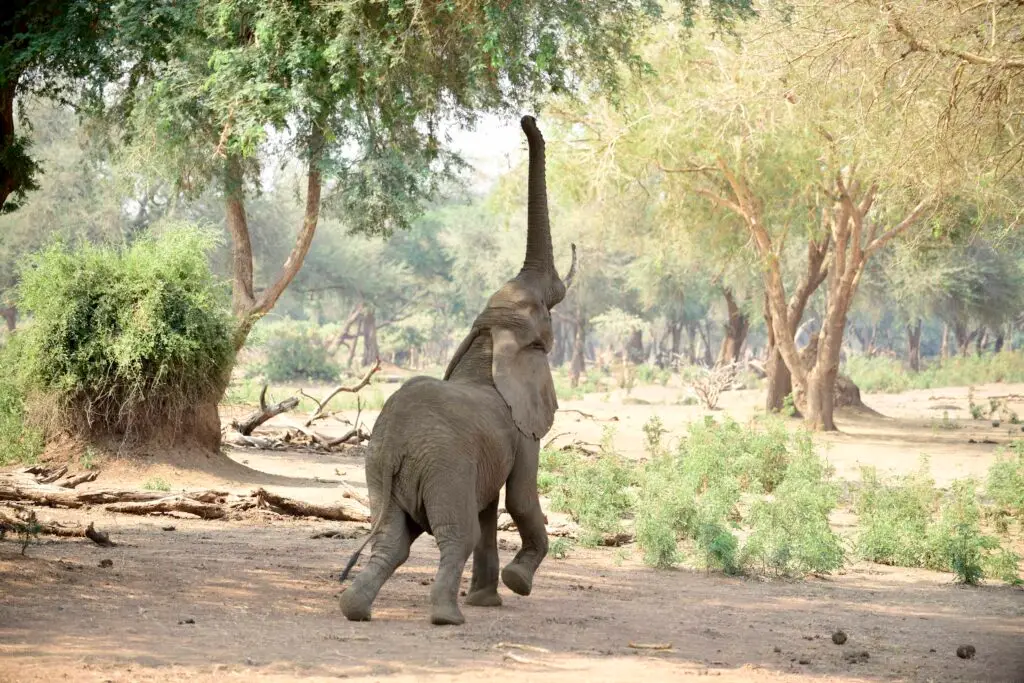
Human-elephant interactions have always had profound consequences on their respective distributions, but more recently conflict has generally led to the exclusion of elephants (Hoare & Du Toit, 1999; Parker & Graham, 1989). This review focuses on current human-elephant conflict mitigation strategies, illustrating them where possible with examples of their success and/or failure. Each strategy ‘group’ […]
Hello world!
Welcome to WordPress. This is your first post. Edit or delete it, then start writing!
